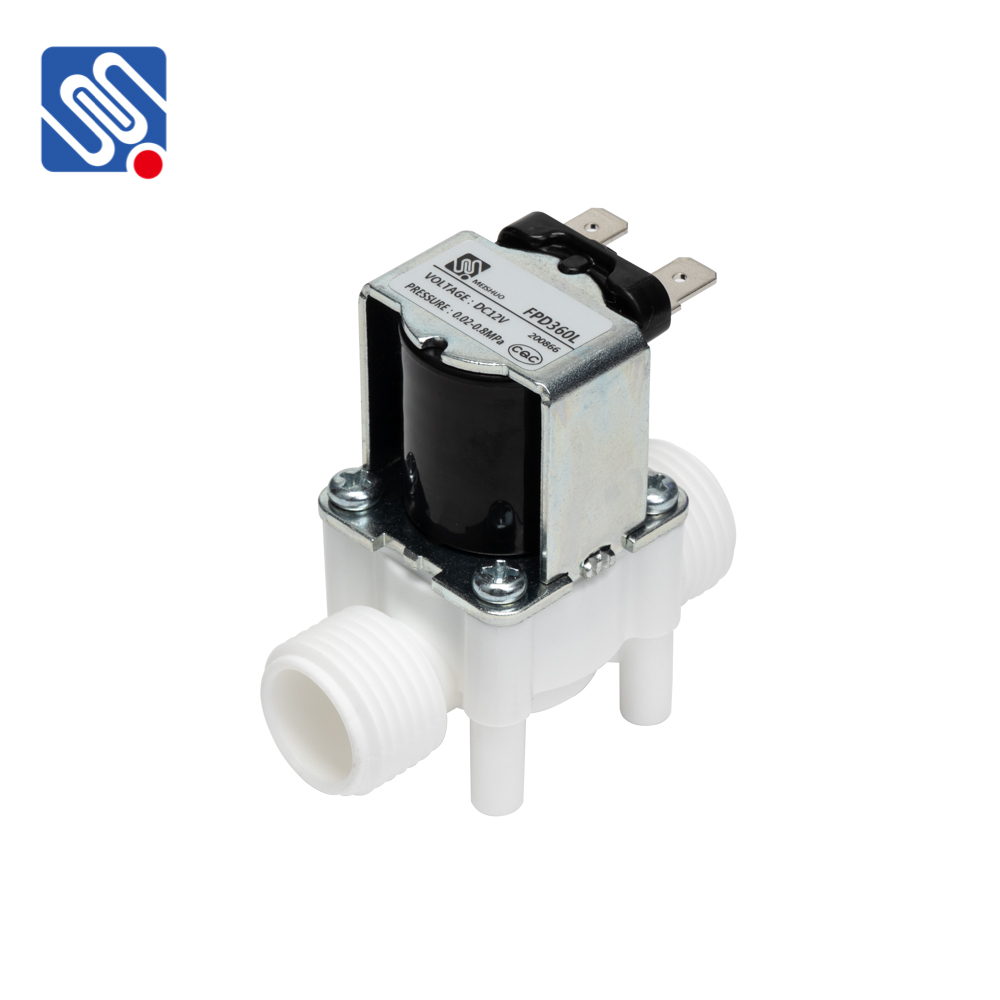An AC solenoid valve is a vital component used in various industries to control the flow of fluids and gases. This valve operates using the principles of electromagnetism and is widely employed in systems where automation and precision control are essential. In this article, we will explore the working principle, key applications, and benefits of AC solenoid valves, highlighting why they are indispensable in modern industrial processes.

What is an AC Solenoid Valve? An AC solenoid valve is an electromechanical device designed to control the flow of fluids and gases in pipelines or other systems. The valve works by using an electric current (alternating current, AC) to create a magnetic field in a solenoid coil, which in turn drives a plunger or valve stem. The motion of the plunger opens or closes the valve, regulating the flow of the fluid or gas. This process is fast, reliable, and highly effective in various automated applications. How Does an AC Solenoid Valve Work? The operation of an AC solenoid valve is relatively simple, yet highly efficient. When AC power is supplied to the solenoid coil, it generates a magnetic field that attracts or repels a plunger, which is attached to the valve. In the “normally closed” (NC) position, the valve remains shut when the solenoid is not energized. When current flows through the solenoid, the plunger moves, opening the valve and allowing the fluid or gas to pass through.